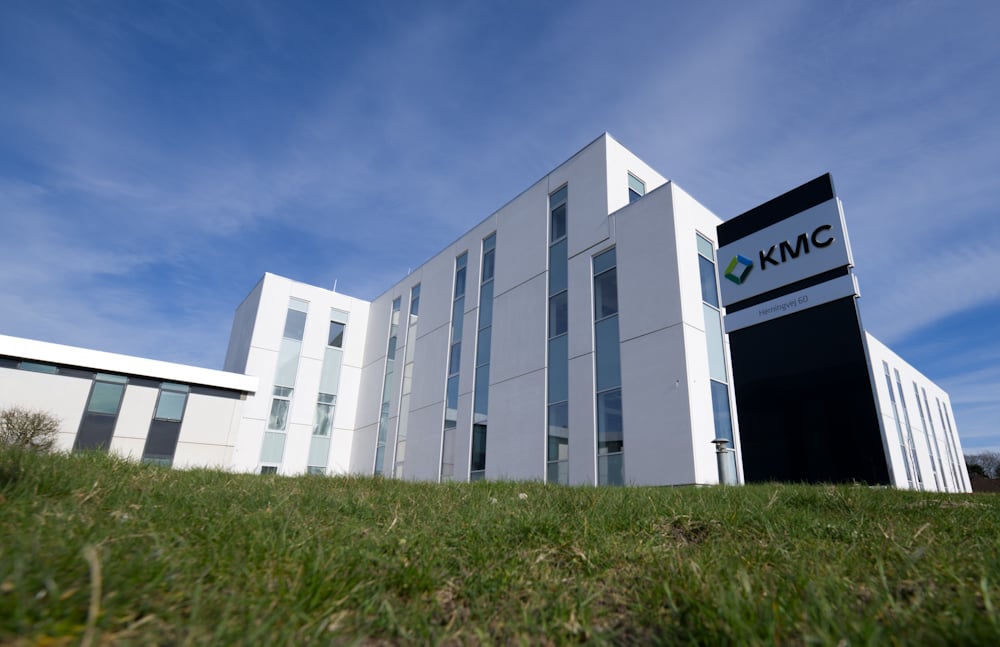Last year, I predicted a rise in the demand for plant-based ingredients. Unfortunately, this projection did not fully come true. A shift in consumer behavior, driven by inflation, led to a contraction in the plant-based market. I would like to stress that we view this as a temporary setback, a mere "bump in the road." We also view it as an opportunity for the industry to take advantage of this pause to innovate even better solutions.
Regarding trends and challenges in the coming years there are four areas I would like to highlight. They include a slight shift in the plant-based agenda, the supply situation which is an ongoing concern for many, the importance of sustainability, and the need for innovation in the food industry.
1. The plant-based agenda is changing
Merely being "plant-based" is no longer sufficient. The key is to provide a pleasing taste experience, an appealing texture, a sense of satisfaction while consuming, and a robust nutritional profile. Achieving this can turn curious consumers into loyal customers. Price parity also plays a role. Plant-based foods should ideally not exceed the cost of meat alternatives.
The challenge right now lies in creating a product different from meat, but comparable and maybe even slightly more economical, at least initially, to stimulate demand.
In the long-term, the intriguing question is: What sort of food category will the plant-based industry carve out for itself? What will be the new staple, like the meatball, that everyone can relate to? This is some years into the future, of course.
Convenience is another key. Plant-based products should be simple to cook for a busy family. They also need to meet the demands of the rising number of people living alone. So, there are plenty of questions we can use this pause to answer. Looking back in 10-15 years, this period will no doubt be a mere bump in the road in the grand perspective. Demand will return.
2. Supply can still be a challenge
The entire industry has endured a volatile period. We have faced disruptions like the invasion in Ukraine that impacted the entire supply balance, particularly for wheat and corn. Then came the energy crisis and the adverse weather conditions in 2023. This resulted in yield losses all across Europe.
For years, the potato growers in the KMC Group have applied crop rotation as a tool to maintain healthy fields. Growing potatoes in Denmark has been done under some of the strictest regulations in Europe for a long time. Therefore, we are well positioned toward the EU’s agricultural policies.
Thanks to this, we are not seeing the same impact of recent changes in Europe, which also means that we maintain stability in our supply chain. In other words, we can offer our customers a safe harbor.
3. Sustainability will remain a keyword
Sustainability is likely to remain an important consideration in the starch industry, as it is in many industries. It certainly is for us at KMC. Our business model has been circular from the beginning. We minimize waste and constantly look for new ways to utilize our product.
During the production process we utilize everything, from the stones separated during the cleaning process to the pulp that is left after the starch, protein, and fiber have been extruded.
We have set up formal targets for reduction of the KMC Group’s CO2 emissions. There is a lot more information to be found about this in our decarbonization roadmap.
4. The need for innovation
Regarding innovation, I would like to draw the attention to the new KMC Food Innovation Center. I mentioned it briefly in my predictions for last year, and now it’s very close to completion. We decided to invest a considerable amount in new facilities for several reasons:
Firstly, this innovation center is a testament to our belief in the future.
Secondly, we are starting to outgrow our present application facilities which in itself is positive. But it should not restrict our ability to experiment with new products. This new structure contains a pilot hall which allows us to elevate our activity levels. It gives us improved facilities for running experiments in collaboration with our customers and developing new solutions for the market.
Simply put, it allows us to pursue our strategy effectively.
These state-of-the-art facilities will support the development of new technologies in both the short and longer term. Notably, we are bringing Technical Sales, Application Specialists, and Research & Development even closer together to facilitate internal knowledge sharing. We are confident that this positions us strongly to face the future.
You can learn more in our sustainability report.



